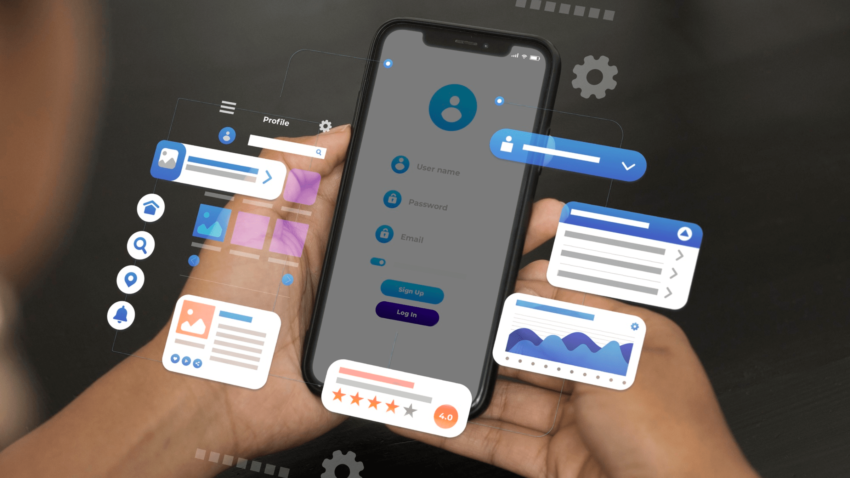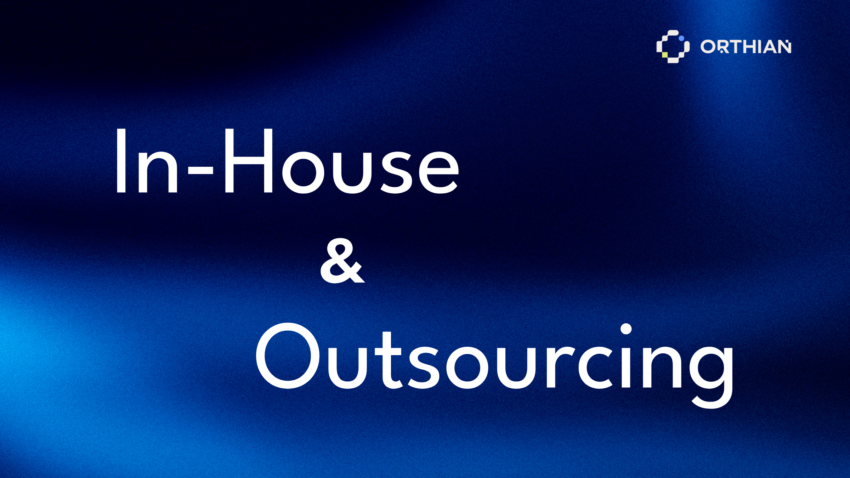Discover 18 core capabilities every cloud ML platform needs in 2025. From in-database processing to responsible AI, Orthian’s expert guide has you covered.
Machine learning (ML) isn’t just another buzzword, it’s the engine powering everything from personalized recommendations to autonomous vehicles. Core machine learning capabilities are the must-have features that distinguish a powerful cloud ML platform in 2025. From in-database data processing to responsible AI and edge deployment, these capabilities turn raw data into reliable insights. In this guide, Orthian highlights the 18 essentials you need to evaluate and why they matter for driving real business value.
1. In-Database & Edge Data Processing
What you need to know: Moving terabytes of data across networks is costly and slow. Leading ML platforms process data “at the source” inside your database or even on edge devices.
Why it matters: Reduces bandwidth use, speeds up preprocessing, and cuts cloud costs.
Example: A manufacturing line filters sensor noise on-device, sending only anomaly alerts to the cloud, cutting data transfer by 80%.
2. Intelligent ETL/ELT Pipelines
What you need to know: Data is messy. Your ML platform must offer automated ETL/ELT with built-in data profiling, schema drift detection, and quality monitoring.
Why it matters: Ensures clean, reliable input for model training, no more surprise failures.
Example: When log formats change, the system auto-updates transformations and alerts your team before a job breaks.
3. Collaborative Notebooks & DataOps
What you need to know: Jupyter alone isn’t enough. Look for versioned notebooks, CI/CD integration, and code review workflows tailored for data science teams.
Why it matters: Improves reproducibility, speeds up experimentation, and bridges the gap between data scientists and engineers.
Example: Each pull request triggers tests on data pipelines and model performance, ensuring production-ready merges.
4. Scalable Model Training (GPU/TPU Support)
What you need to know: Training large models demands horizontal (multi-node) and vertical (GPU/TPU) scaling. Your platform should handle petabyte-scale datasets effortlessly.
Why it matters: Reduces training time from days to hours, accelerating your AI roadmap.
Example: An e-commerce firm retrains its recommendation engine on half-billion records in under two hours.
5. AutoML & Feature Store Integration
What you need to know: AutoML automates algorithm selection and hyperparameter tuning but you also need a Feature Store for versioned, shareable features.
Why it matters: Cuts development cycles and ensures consistency between training and inference.
Example: Rolling back to a previous feature version when drift is detected, without manual data wrangling.
6. Multi-Framework & Multi-Language Support
What you need to know: Your workloads may use TensorFlow, PyTorch, Scikit-learn, Spark ML, R, or Java. A versatile platform supports them all.
Why it matters: Prevents vendor lock-in and lets your teams use the best tool for each task.
Example: A sentiment analysis service in PyTorch runs alongside an XGBoost sales-forecasting model in the same pipeline.
7. Pretrained Model Hub & Transfer Learning
What you need to know: Avoid training from scratch. Use pretrained models (vision, NLP, speech) and fine-tune on your data.
Why it matters: Saves compute, data, and time delivering production-grade performance with minimal effort.
Example: Fine-tuning a language model on your customer support tickets reduces intent-classification errors by 30%.
8. Composable AI & API-First Services
What you need to know: Beyond core ML, platforms should expose ready-to-use AI services, CR, translation, anomaly detection that you can compose via APIs.
Why it matters: Speeds integration and lets developers focus on business logic.
Example: Combining OCR and entity extraction APIs to automate invoice processing in minutes.
9. MLOps: CI/CD, Versioning & Governance
What you need to know: Robust MLOps includes automated testing, model versioning, audit logs, and role-based access control.
Why it matters: Ensures compliance (GDPR, SOC 2) and maintains traceability from data to deployment.
Example: Every model update triggers a canary deployment, performance tests, and an immutable lineage record.
10. Flexible Deployment: Batch, Real-Time & Edge
What you need to know: Deploy in the mode your application demands, scheduled batch jobs, low-latency REST endpoints, or edge inference on devices.
Why it matters: Delivers ML insights where they’re needed, when they’re needed.
Example: Weather forecasting models run on edge stations in remote locations, syncing updates when connectivity allows.
11. Smart Monitoring & Drift Detection
What you need to know: Automated monitoring tracks metrics (accuracy, latency, input distribution) and alerts on data drift, concept drift, or model decay.
Why it matters: Keeps models reliable over time, so your predictions don’t silently deteriorate.
Example: A dashboard flags a 10% drop in prediction accuracy tied to a new data source, triggering retraining.
12. Cost Management & Infrastructure Optimization
What you need to know: Dynamic resource allocation, spot-instance support, and idle-resource shutdowns are crucial for keeping cloud bills in check.
Why it matters: Maximizes ROI and avoids surprise invoices.
Example: Automated rules spin down GPU clusters outside business hours, saving 40% monthly on compute costs.
13. Multimodal AI for Richer Insights
What you need to know: Process text, images, audio, and video in a single model to solve complex tasks.
Why it matters: Enables next-gen applications like intelligent video analysis or context-aware chatbots.
Example: A support bot analyzes screenshots and text queries, offering precise troubleshooting advice.
14. AI Agents & Automated Workflows (RPA + AI)
What you need to know: Integrate ML with Robotic Process Automation to build AI agents that complete end-to-end tasks from data entry to reporting.
Why it matters: Frees teams from repetitive work and accelerates digital transformation.
Example: An AI agent scans emails, extracts actionable items, and creates CRM tickets automatically.
15. Responsible AI & Explainability
What you need to know: Built-in explainability (SHAP, LIME), fairness checks, and bias detection ensure your ML is ethical and transparent.
Why it matters: Builds trust with stakeholders and meets regulatory requirements.
Example: Before rollout, the platform generates a fairness report showing each demographic’s impact on credit-scoring models.
16. End-to-End Security & Compliance
What you need to know: From data encryption (KMS) to network policies, container scanning, and policy-as-code, security must be baked into every layer.
Why it matters: Protects sensitive data and ensures uninterrupted operations.
Example: Terraform-managed policies automatically enforce least-privilege access across all ML resources.
17. Hybrid & On-Prem Edge Deployments
What you need to know: Whether your data must remain on-premise or you need a hybrid cloud model, your ML platform should support it seamlessly.
Why it matters: Addresses latency, sovereignty, and data-privacy constraints.
Example: A hospital runs its diagnostic AI on-premise, syncing model updates from the cloud nightly.
18. Deep Customization & Plugin Architecture
What you need to know: True innovation demands the ability to build custom operators, plugins, or extensions that adapt the platform to unique needs.
Why it matters: Future-proofs your investment and unlocks industry-specific solutions.
Example: A robotics company integrates custom sensor-fusion operators directly into the ML pipeline.
Conclusion
These 18 core capabilities form the blueprint for any mature ML strategy. At Orthian, we guide you through selecting the right platform, implementing these features, and aligning them with your business goals. Our commitment is simple:
- Deliver fast, accurate, and cost-effective ML solutions
- Ensure transparency, fairness, and compliance
- Enable sustainable, scalable AI that evolves with your needs
Check out more knowledge from Orthian below:
Low-Code/No-Code: Empowering Application Development for Every Business






